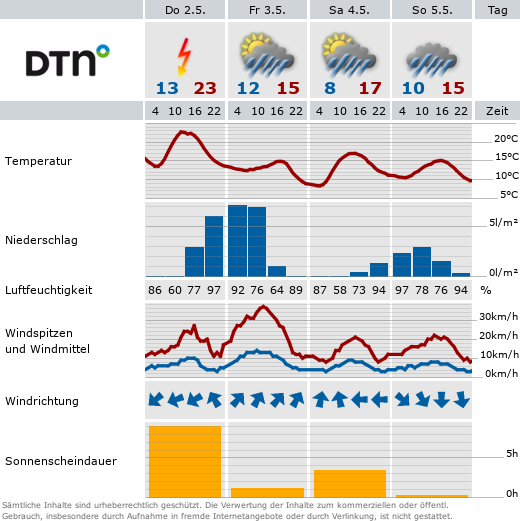Paper in IEEE L-CSS

An increasingly popular data-driven predictive control (DPC) scheme, based on Willems' fundamental lemma, utilizes linear combinations of collected trajectory data to make predictions instead of relying on a previously estimated system model. While exact predictions are typically achievable only for linear time-invariant (LTI) systems and precise data, more realistic scenarios often require regularizations—among which 1-norm regularization was one of the first proposed. Given that the 1-norm is associated with sparsity, it is commonly (and somewhat optimistically) believed that DPC with 1-norm regularization selects only the most relevant data samples for making predictions.
In this paper, we analyze the data utilization of this DPC scheme, demonstrating that some data remains unused despite being highly relevant for predictions. Furthermore, we connect the trajectory-specific effects of 1-norm regularization to the atomic norm concerning a related trajectory dataset. Finally, we examine the predictive behavior and show that the associated implicit predictor behaves as a symmetric piecewise affine (PWA) mapping; its partitioning dictates local data usage and scales linearly with the regularization weight. Contact Manuel for further details or have a look at the paper:
M. Klädtke and M. Schulze Darup, On Data Usage and Predictive Behavior of Data-Driven Predictive Control With 1-Norm Regularization, in IEEE Control Systems Letters, doi: 10.1109/LCSYS.2025.3575436.








